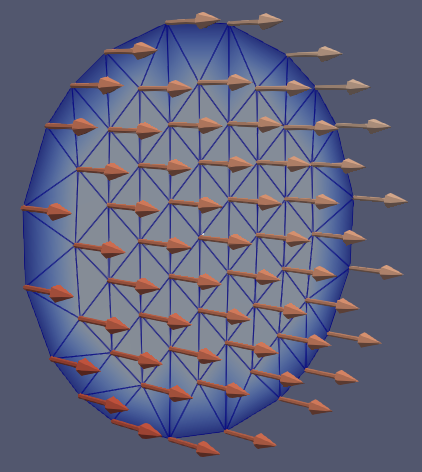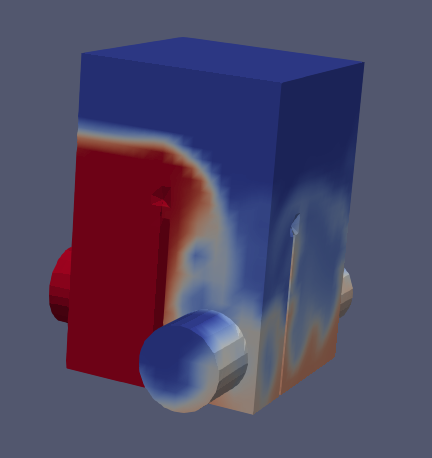Hello everyone,
I looked around the forum and found no other report of this so I create a new topic. I am currently analyzing a biphasic case (air-water) of a buried river flowing under a city. The calculation was done with Ansys CFX. I had a lot of repetitive analysis to perform on the data and CFD Post was really slow so I exported my results to CGNS and managed to analyse them with paraview which led to two conclusions:
- Paraview is so quick to analyse it amazes me and so versatile in the same time with the python console! anyway this is obviously not my problem
- Surface flow filter is giving me underestimations of flows whereas CFDPost does not
So I tried it the old way by calculating the projection of my velocities on the surface normal and using the integratevariable filter. The result was the same as the Surface flow, which is coherent but not better.
The error is correlated to the total area of the surface : the bigger the surface, the closer the results so for me the Paraview treatment of the velocities value on the perimeter is wrong
But I may have done something wrong myself, even if I can’t see why yet!
regards,
Thomas

